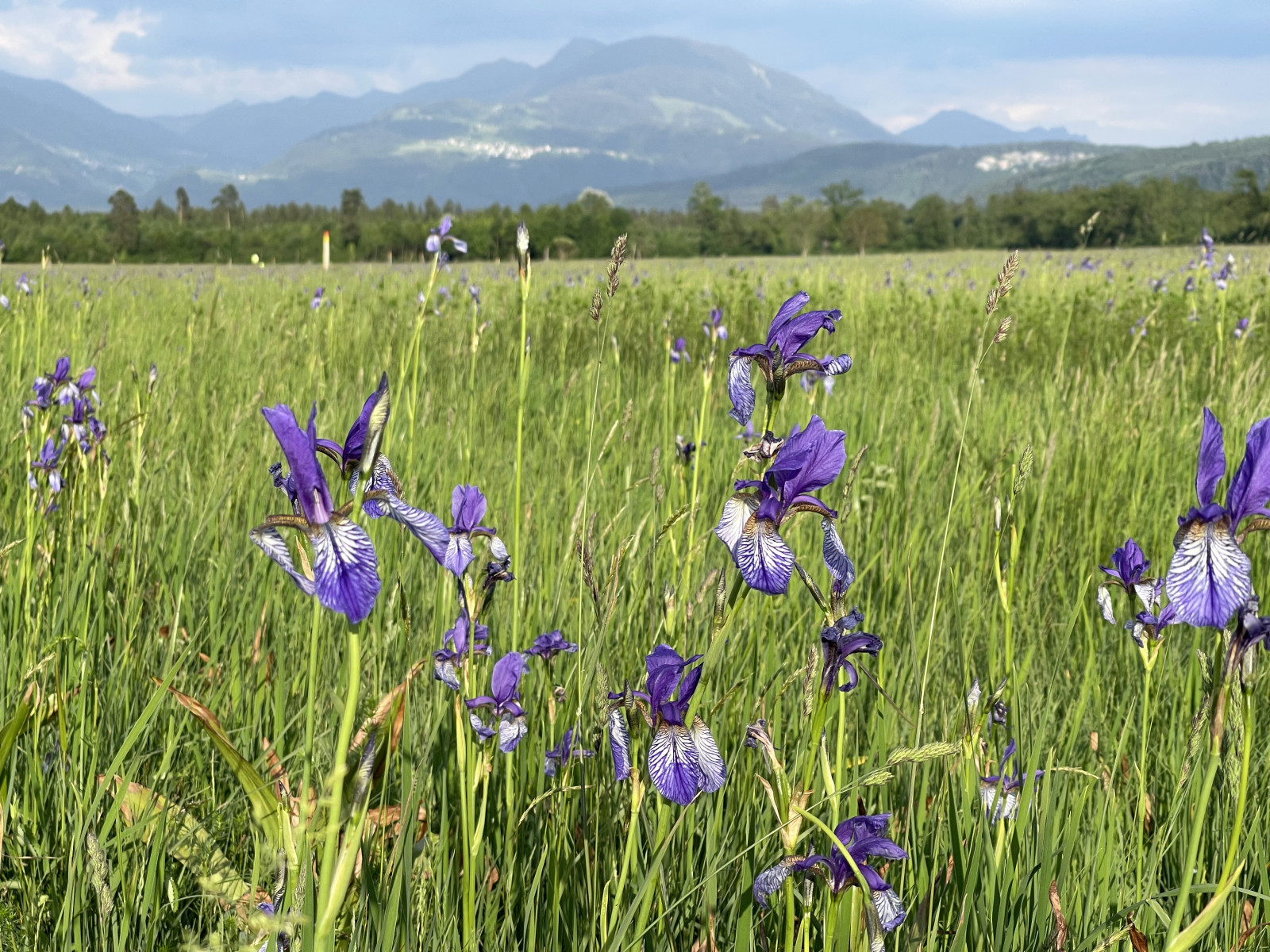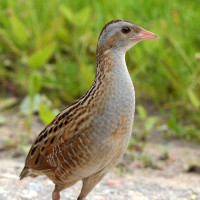Beschreibung
The Bangs-Matschels nature reserve provides valuable habitat for numerous rare butterflies, reptiles, amphibians and some of the rarest bird species in Austria. With a total area of just under 80 hectares, the meadow areas are still traditionally managed as litter meadows. This intensive form of agricultural usage is achieved by a single mowing in autumn. The cuttings are used as bedding or “litter” in the stables, from which the name “litter meadows” is derived. The area also includes forest and scattered trees. The nature reserve has a big diversity of meadowbirds like Neuntöter or Braunkehlchen. It's also a breeding-place for some rare species.
Details
Zugang
The nature reserve is located directly to the north of the village of Bangs. Best to travel by public transport (accessible by bus from the town of Feldkirch every quarter of an hour), but there are a few parking spaces at the chapel near Gasthof Stern inn. The nearest busstop is "Bangs Gasthaus Stern". There are only hiking-trails to explore the area. The circular walk indicated on the map is about 6 km. It is important not to go off the signposted paths and roads and not to enter the litter meadows in the protected area between 15 March and 15 September.



